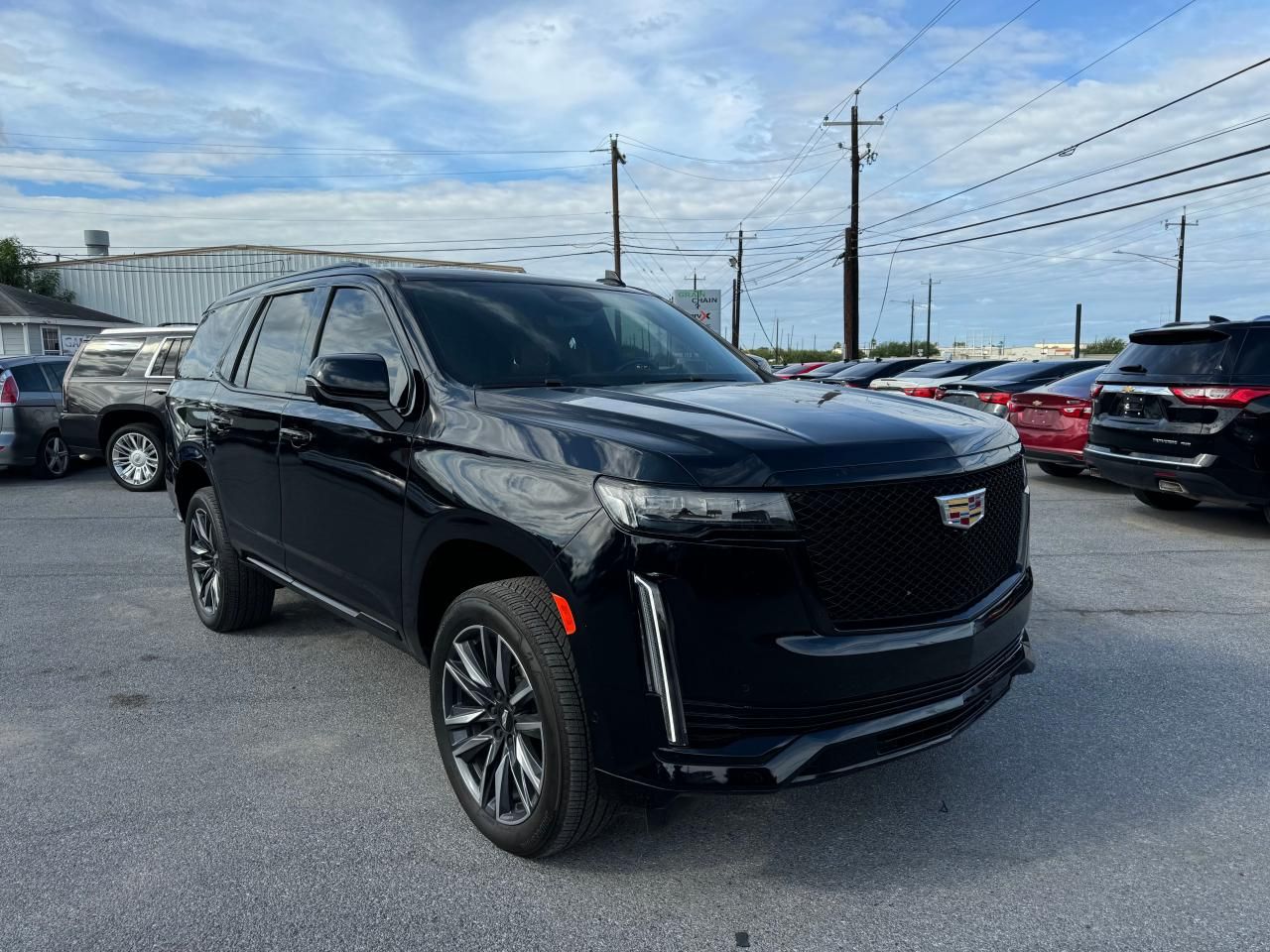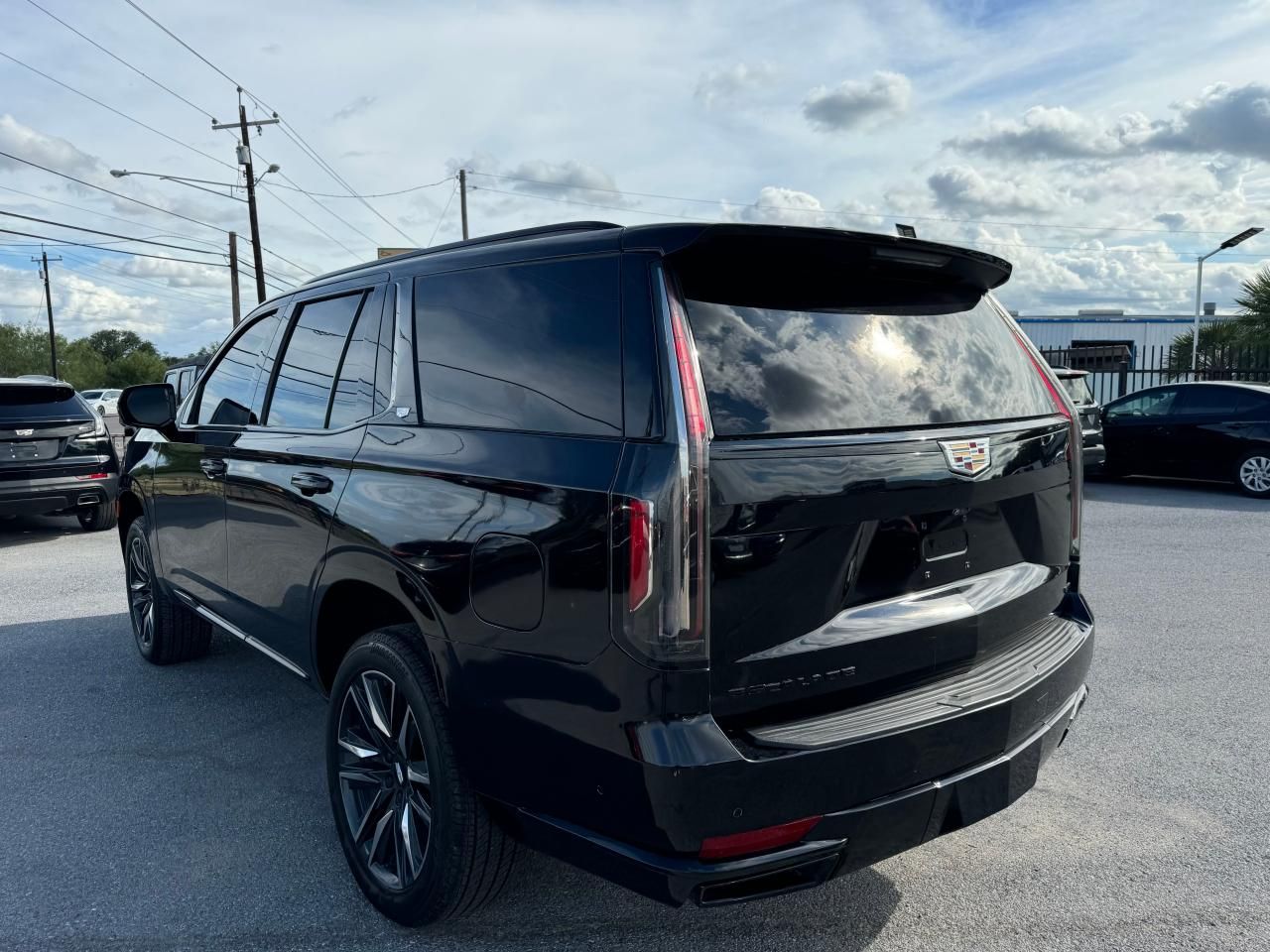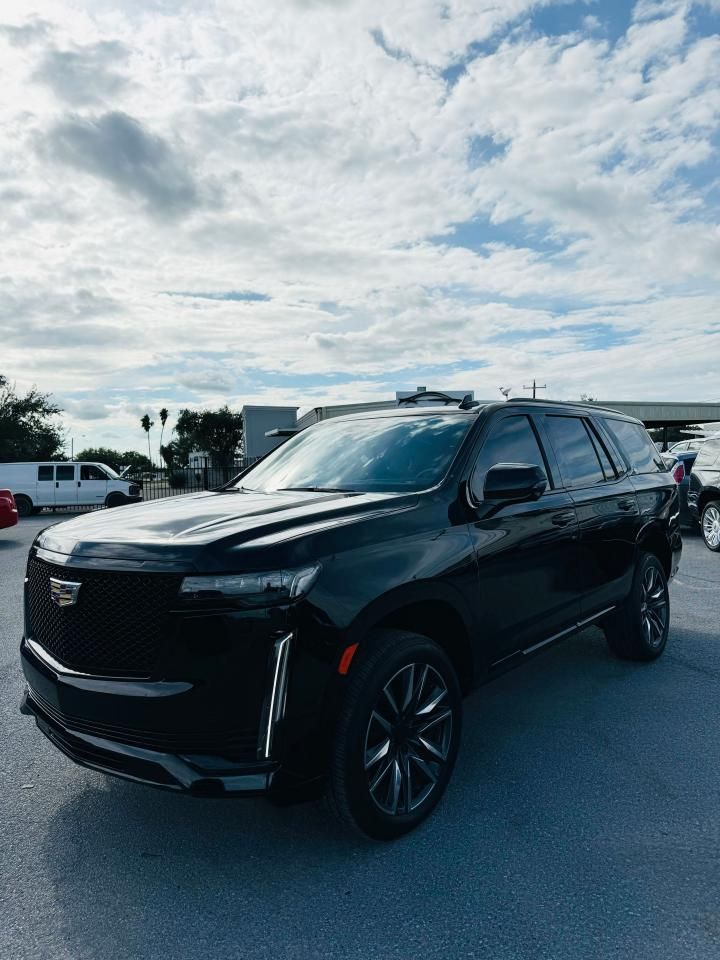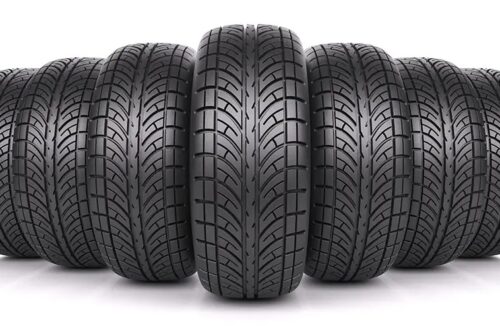For both newbies and aficionados, restoring scrap vehicles may be a fascinating and profitable project. Understanding the restoration process is crucial whether your goal is to just find a reasonably priced car to drive or transform a rusty hunk into a valued classic. From evaluating the state of the vehicle to the last details that make it roadworthy, this article offers a thorough picture of recovering salvage cars.
Understanding Salvage Cars

Salvage automobiles are those that have been damaged enough to make their repair expenses more than their market worth. Usually considered a total loss by insurance firms, these vehicles are sold either through private sales or salvage auctions. With the correct equipment, knowledge, and will, many salvage vehicles may be rebuilt, though. One should be aware of the possible difficulties and benefits of embarking on a restoration project before starting one.
Assessing the Condition of the Vehicle
Doing a comprehensive inspection comes first in repairing a salvage automobile. This include verifying the mechanical components, structural integrity, and body condition of the vehicle. First look at the frame for any corrosion or damage. Repairing a damaged frame might be challenging and the expenditure might not be justified.
Sort the engine and transmission next. Look for leaks, odd sounds, or wear indicators suggesting possible substantial repairs. Invest also on the suspension, brakes, and electrical systems. List required repairs and ask yourself whether you have the tools and knowledge to finish them.
Planning Your Restoration Project
Developing a thorough repair strategy comes next once you have evaluated the state of the salvage automobile. This proposal should lay out your project’s budget, objectives, and schedule. Choose whether you wish to personalize the automobile to meet your style or bring it back to its original state.
Read More : https://nomadoil.com/mobile-oil-change-at-home/
Creating a budget is absolutely vital as repair projects may often turn costly. Account for tools, components, and any expert assistance you might require. Building a contingency budget for unanticipated repairs that could come along throughout the restoration process is also smart.
Gathering Tools and Materials
Restoring a salvage automobile calls for different equipment and resources based on the extent of your endeavor. At least you will need simple hand tools including screwdrivers, sockets, and wrenches. Think about also making investments in specialist instruments like a sandblaster to remove rust or a welder for frame repairs.
You will also need new components, body filler, and paint among other materials. Parts for salvage autos may usually be found from junkyards, internet markets, or specialist auto parts stores. Selecting premium parts will help to guarantee the lifetime of your repair.
Dismantling the Vehicle

It’s time to begin disassembling the car after your assessment is over, a strategy is in place, and tools are acquired. To reach the inner workings of the automobile, gently remove all external parts including doors, fencers, and bumpers. As you go to ease reassembly later, take pictures and identify sections.
Consider any parts that could be saved and utilized again when you are breaking down. This can call for interior parts, electrical wiring, or engine components. Maintaining a stock of these products can help to simplify the repair procedure and lower expenses.
Repairing and Replacing Components
Once disassembled, it’s time to concentrate on fixing or replacing broken parts. Starting with any structural repairs required of the frame, If you find major rust, think about either completely rebuilding some of the frame or treating impacted portions using a rust converter.
Move on then to the mechanical systems and engine. Replace any aged components including filters, belts, and gaskets. To guarantee the engine operates perfectly, think about doing a comprehensive tune-up. Once the mechanical systems are taken care of, you can focus on the bodywork including panel replacement, dent repair, and paint preparation.
Painting and Finishing Touches
Painting and adding the last details comes shortly once the repairs are finished—the enjoyable part. Sand the car first to provide a smooth surface fit for the paint. Before applying the last layer of paint, increase adhesion and guard against corrosion with primer.
Think through the color and finish you want for your painting. While spray cans can be useful for minor jobs, a professional-quality spray gun can assist to provide a flawless finish. To finish the look, replace the trim, lighting, and other outside components following painting.
Conclusion

Restoring salvaged automobiles may be a rewarding path that not only imparts useful knowledge but also gives neglected vehicles fresh life. Although novices may find the procedure intimidating, following it step-by-step will help them to find it reasonable and fun. Plan your restoration, keep in mind to completely evaluate the state of the car, compile the required tools, and be patient all through the procedure.
Frequently Asked Questions
- What are the benefits of restoring a salvage car?
Compared to buying a new or used automobile, restoring a wrecked cars can save money. It offers a chance to learn about vehicle repair and lets you personalize the car to your tastes. - Do I need special skills to restore a salvage car?
Many novices may learn as they go, even although some skills—such as mechanical understanding and basic welding—are advantageous. Local classes, forums, and online tutorials can assist you pick up the required abilities. - How do I find parts for a salvage car?
Junkyards, internet markets, and auto parts stores all include sections for salvage autos. Networking with other vehicle aficionados can also result in insightful information and recommendations. - Is it worth restoring a heavily damaged salvage car?
Restoring a severely damaged salvage automobile will rely on your emotional commitment to the car, talents, and financial situation. Compare the cost of repairs to the possible value of the automobile as well as your own project interest.




